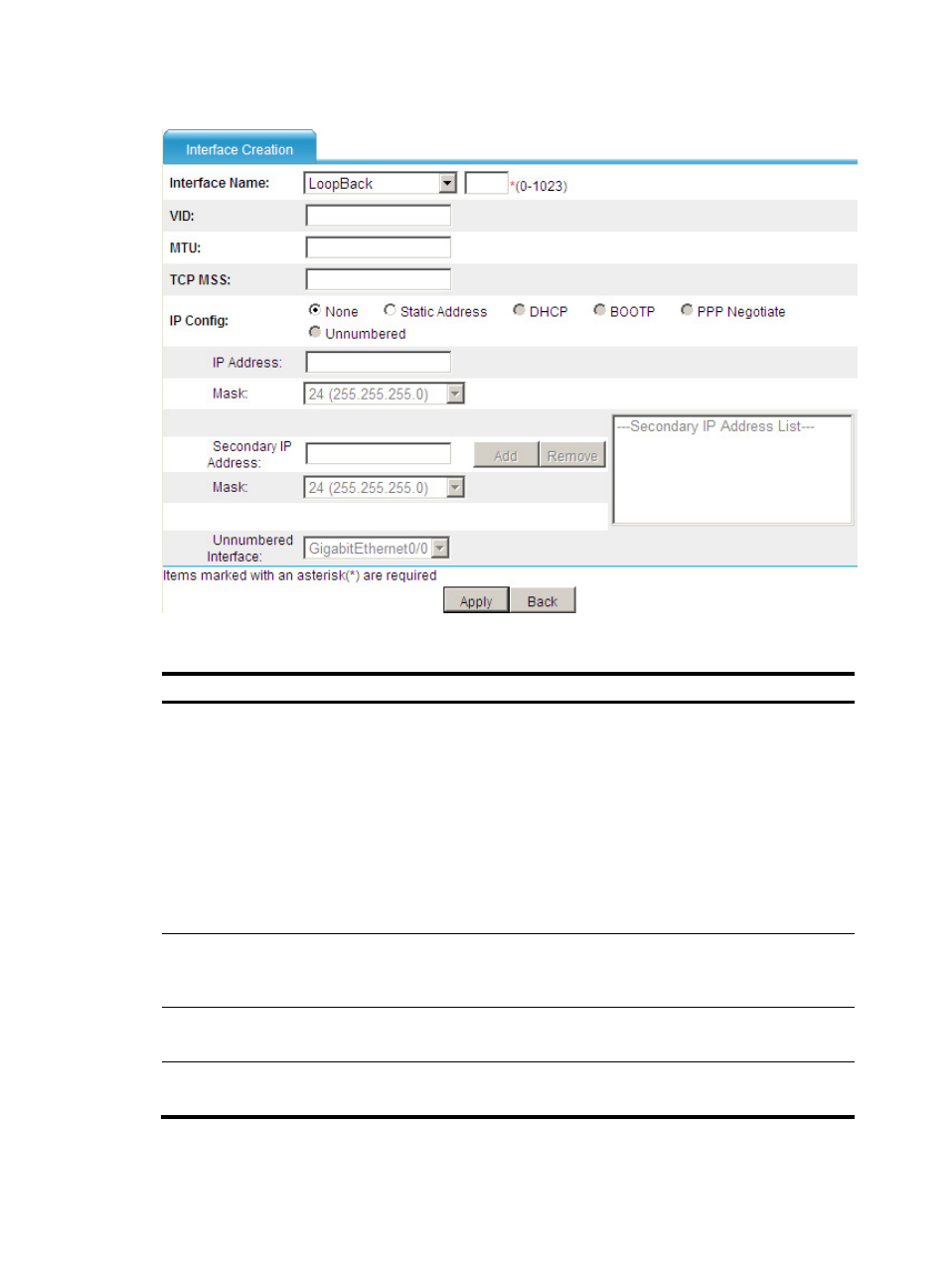Figure 3 – H3C Technologies H3C SecPath F1000-E User Manual
Page 30

5
Figure 3 Creating an interface
Table 1 Configuration items
Item
Description
Interface Name
Set the name for the interface or its subinterface.
•
If you select a logical interface type from the list, such as Dialer, LoopBack,
Tunnel, Vlan-interface, Virtual-Template, Route-Aggregation, or
Bridge-Aggregation, set the interface number in the box behind to create
the logical interface.
•
If you select a specific Ethernet interface name from the list, such as
GigabitEthernet 0/1, set the subinterface number in the box behind to
create a subinterface of the Ethernet interface.
•
If you select a specific RAGG interface name from the list, such as
Route-Aggregation 2, set the subinterface number in the box behind to
create a subinterface of the RAGG interface.
VID
Set the VLAN ID associated with the subinterface.
This parameter is available on a subinterface of a Layer 3 Ethernet interface
and a RAGG interface in the previous step.
MTU
Set the maximum transmit unit (MTU) of the interface.
The MTU value affects fragmentation and reassembly of IP packets.
TCP MSS
Set the maximum segment size (MSS) for IP packets on the interface.
The TCP MSS value affects fragmentation and reassembly of IP packets.
- H3C SecPath F5000-A5 Firewall H3C SecPath F1000-A-EI H3C SecPath F1000-E-SI H3C SecPath F1000-S-AI H3C SecPath F5000-S Firewall H3C SecPath F5000-C Firewall H3C SecPath F100-C-SI H3C SecPath F1000-C-SI H3C SecPath F100-A-SI H3C SecBlade FW Cards H3C SecBlade FW Enhanced Cards H3C SecPath U200-A U200-M U200-S H3C SecPath U200-CA U200-CM U200-CS H3C SecBlade LB Cards H3C SecPath L1000-A Load Balancer
